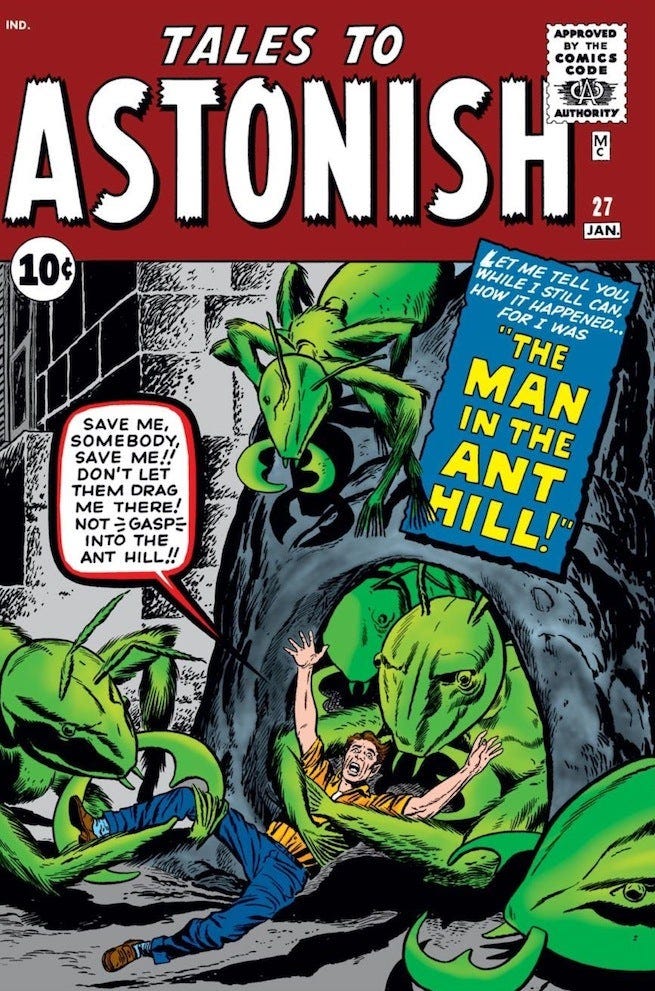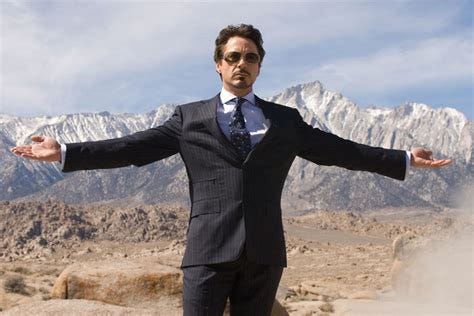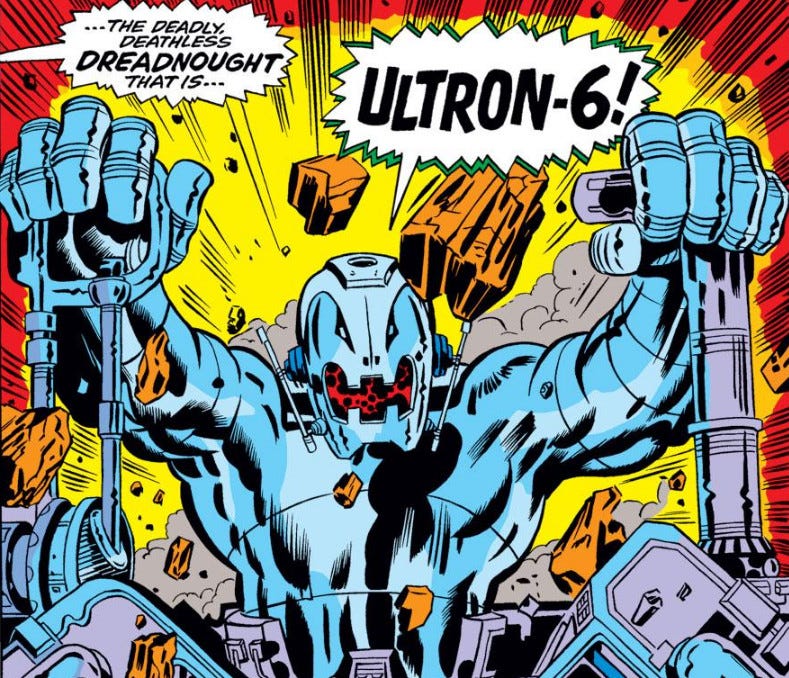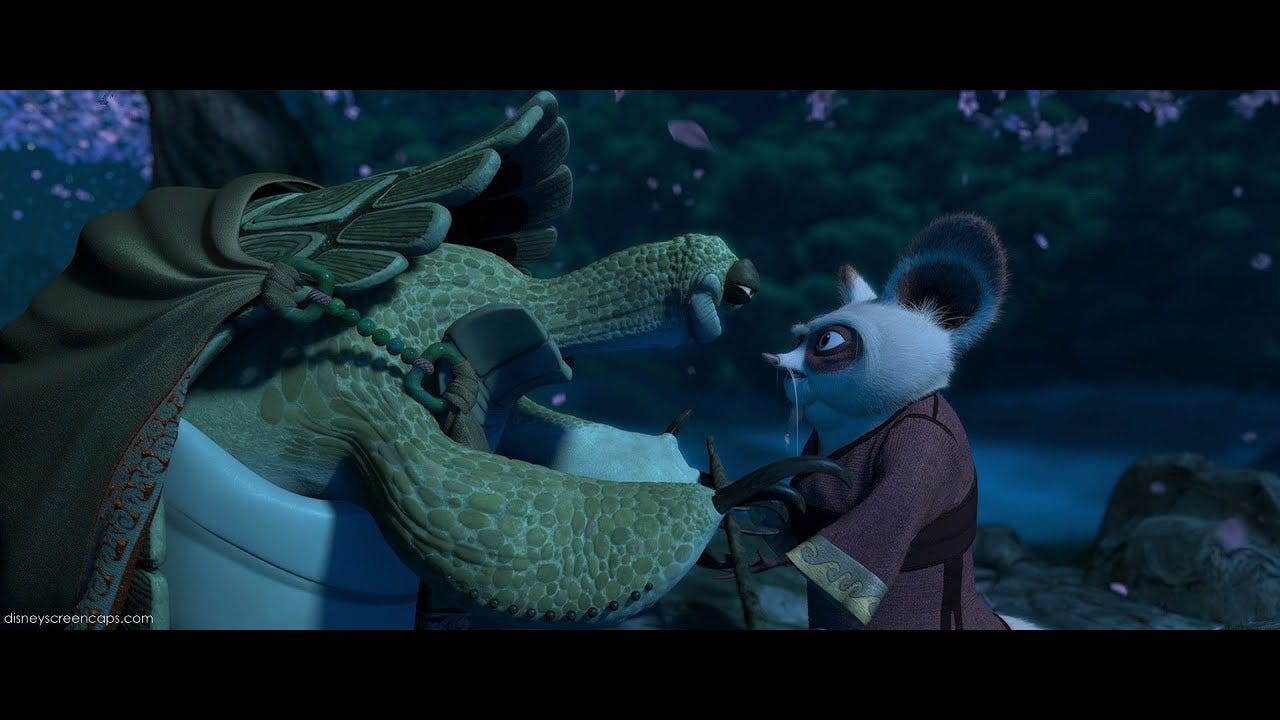During the Superversive Livestream on romance, the subject of Marvel Comics’ romances came up. Specifically, the discussion revolved around Spider-Man and Mary Jane Watson, but we made time to talk about other characters as well. One of those heroes was the original Ant-Man – Hank Pym.
Hank Pym has a fair degree of baggage, most of it predating the decline of American comics. Famously known for an incident where he lost his temper and hit his wife, Janet van Dyne, when it came time to film the Ant-Man movie his successor was chosen to lead the 2015 summer sensation. Not only is Scott Lang more friendly and easier to get along with in the comics, his back story and decision to turn from crime to heroism to save his daughter has wider appeal than Hank’s.
What is Hank’s back story, though? He’s a scientist who experiments with things most scientists consider to be a waste of time. This is something he is, in fact, mocked for in his first appearance in Tales to Astonish #27. Before he shrinks himself down to ant-size, Hank succeeds in diminishing a real chair to the size of a toy. He then recalls the moment his colleagues all accused him of wasting his time on meaningless experiments.
Promising to astonish them with his next invention, Hank’s plans are derailed when his test of the serum nearly ends with him being eaten by ants. After escaping, he realizes the potential danger of his work and does not reveal it to his fellow scientists who continue to laugh at him as before.
Thus it isn’t hard to understand where the 2015 film got the idea that Hank wouldn’t want to share his technology. As in Tales to Astonish, he saw the damage that could be wreaked by his invention and decided not to trust it to the public lest irreparable damage result from his work. But the creative applications of his power were such that Stan Lee and the other Marvel writers returned to it and brought Pym back, eventually making him an Avenger. They also set him on the path to romance with Janet van Dyne, who physically resembled Hank’s deceased first wife. A defector from Communist Hungary, Maria Troyava Pym believed her American citizenship would protect her when she and her husband took a trip to her homeland.
Unfortunately, the opposite was true, and she was murdered after Hank had been knocked unconscious.
I will be the first to admit that Hank Pym is not among my favorite Marvel characters. Nor am I here to defend him for hitting his wife. There remains, however, something important to be said about the thesis of his character, which is the focus of this post.
One can easily find the theme and trajectory of Hank’s character in the opening pages of issue #27: Hank is a frustrated scientist – a very frustrated scientist. Where Tony Stark comes from money and has a passion for mechanics, Hank is a natural genius with a more scattered approach to scientific endeavor. As he says in Tales, he only wants to work on what interests him, not what will make money or be assured to work to one degree or another.
This passion, curiosity, and creativity was revealed to be part of his character later on. In 2013, the writers doubled down on this to show that Pym had been discouraged from inventing things because he thought they were fun. Specifically, his teachers told him he would never create anything which would change the world. His fellow scientists either cannot stand his arrogance or have narrowed their own interests so much that Pym’s leaps of creativity strike them as “a waste of time.” The fact that many of his inventions or experiments end in failure does not change their view of him and his work.
Pym is, in some ways, a heroic view of Mary Shelley’s famous mad scientist Dr. Frankenstein. Like Frankenstein, Hank pursues endeavors in science that seem impossible and which could be considered, if not blasphemous, then at least of little practical value. He is also a good enough man to know when he should keep certain successes to himself, such as his groundbreaking “Pym Particle” which allows him to shrink or grow. But his penchant for investigating odd scientific questions which only he finds interesting – applying his creative quest for fun inventions to any and every item that catches his eye – means he will never find security of any kind in his profession.
Tony Stark’s focus on mechanics and technology acts as a strong throughline for his profession and his company. He can afford to take time off, occasionally, to work in other fields because his primary interest – machines and mechanical inventions – will always allow him to maintain his financial stability and rate of success. Stark has fewer frustrations in his work for this reason; he doesn’t chase down every idea that catches his fancy, and he makes sure to complete whatever technological or business venture has his attention before moving on to another. Similarly, he can abandon a fruitless project to work on something with a higher likelihood of success, coming back to the old idea if necessity demands or if he has an inspiration that will make it work.
In the comics, Hank Pym lacks this focus and drive. His interests are too varied, his desire to try new things and improve life through a variety of fields and experiments precludes him from picking one and remaining with it. Unlike Tony Stark and several other scientist superheroes in Marvel Comics, he can’t – or won’t – “pick something and stick with it.” Too often he chooses something obscure, or something which can only end in failure, leading more and more of the scientific community to laugh at him while at the same time they lavish praise upon others. Some of these are his friends, which deepens his frustration.
Much like an artist or a writer, Hank can’t pick one genre and stay in it. Tony Stark, Reed Richards, Bruce Banner, and others all have knowledge in multiple scientific fields but they also choose one field to focus on. One “genre,” if you will, to pursue and make their own. This allows them a steady stream of work and some amount of leisure to experiment with things that may be of interest to them personally without compromising their effectiveness in other areas.
So, like a frustrated author writing in multiple genres under his own name, Hank Pym’s success is scattershot rather than smooth and direct. His colleagues laugh at him for his failures and his eccentricities while heaping accolades on his fellow Avengers. Although said Avengers respect Hank and do not consider his work useless, that is rather like a writer in multiple genres being appreciated by fellow authors in the same club with him for his creativity while they achieve financial and personal success. Their respect cannot make up for the scorn the rest of the industry shows him or his lack of similar achievements in the same fields.
What makes all of this worse for Hank is the fact that he knows his friends aren’t trying to upstage him. They really do value him as a friend, a scientist, and an Avenger. Yet he remains frustrated and that frustration continues to grow the more he tries to “win” the game by playing his own tune rather than accepting the world doesn’t reward those who play for themselves alone.
So, Hank is faced with professional frustration, with the irksome knowledge he can’t blame his friends for something they are not doing. But that makes the aggravation worse because who can he blame for his lack – other than himself? Hank doesn’t want to change, to become stuck in a rut, but his unconventional interests continue to hamper his success and prevent him from reaching the heights which his friends have achieved. Rather than admit that, he simply tries harder to accomplish his ends, which feeds the frustration spiral.
Avengers: Earth’s Mightiest Heroes capitalized on this part of Pym’s character by adding yet another layer of vexation for him. In contrast to his original depiction in the comics, the animated Hank Pym is a pacifist who tries to talk down the villains he and his teammates face rather than fight them. More often than not, the villains he attempts to “reach” aren’t mentally ill; they have made their choices and they continue to abide by them. His compatriots have accepted this fact while maintaining their compassion for villains who are actually ill or who have been forced to villainy. But Hank’s frustration with the failure of his peaceful methods builds to the point that his exasperation causes a split personality to develop.
While his difficulty here ends on a better note than did his marriage to Janet in the comics, it still does him no favors. It causes Janet and the Avengers pain, leads to a subplot where he lashes out at one of his friends, and generally creates more issues than it resolves. Hank is not just a hero; he is a cautionary tale wherein refusing to admit when one is in error or walking to his own drumbeat hurts everyone – including himself.
It is not hard to see how and why Hank resonates with audiences, even those who dislike him (author raises hand to indicate this fact). Everyone has been their own worst enemy at one time or another, some of us more than others. As unpleasant as Hank can be, he is still a hero and someone with whom we can empathize to some degree.
He is also a warning we can all take to heart as we pursue our own careers. Frustration is a killer, but so is refusing to face one’s own flaws and deal with them in an adult manner. A ‘day job’ to ensure the necessities of living can be stifling. However, choosing a path that leaves enough leisure time to pursue what makes you happy can enable you to bear the daily grind of supporting yourself. Gain enough success in the hobby and you may be able to turn it into a career.
Hank’s error is in trying to do everything within his scientific field instead of focusing on one specialty. This scattered approach led to the creation of Ultron, who became a dire adversary for humanity, and this haphazard methodology led to other failures which were not as deadly. Rather than strive for a balance by compromising between necessity and desire, Hank rushes back and forth between experiments. Because his attention is so divided, his research lacks the focus necessary to complete any of his investigations to discover if they could prove successful or not.
That is, perhaps, the most repellent part of Pym’s character. Most of us have experience running from pillar to post trying to do what we want, what’s expected of us, and what is necessary to live. Hank reflects that aspect of humanity, that frustration and sense of muzzled creativity, and most of us do not like to be reminded of this. We certainly do not like to see the potentially horrifying results of that imbalance play out before our eyes, as they do in Hank’s life with the creation of Ultron, the dissolution of his second marriage, and his psychiatric breakdowns.
Where is the balance? That is what we have to discover, readers. It is not in narrowing our focus to laser efficiency at the expense of our creativity, but neither is it to be found in constantly trying to do whatever catches our fancy. It is found – so far as I can tell at present – in choosing a course and moving forward with it, while working on or making notes for other projects on the side.
Balance is achieved in recognizing our responsibilities to ourselves, to others, and to society at large. It is accomplished by understanding that unfettered creativity is as bad as stodgy jobs taken simply because they pay well, are expected of us, or are respectable professions. If Hank had chosen a field to major in and made at least modest success there, pursuing his flights of fancy would have cost him less and made life easier for him.
Instead he chose a path that was “expected” to be satisfying, then launched off to pursue his passions uninhibited or in an apparent attempt to win respect from people disinclined to respect him anyway. We would do well to study Hank Pym’s choices, recognize where he made his errors, and then choose a course that allows us to maintain our creativity while sustaining us and those we love. The results of a more selfish path are dire, readers, and not just for the person who chooses them. The people around him suffer, too.
Try not to be like Hank Pym. Try to be the person you were meant to be. The best way to find that person isn’t to be entirely selfish, nor entirely selfless. It’s to find time for yourself while doing your best for others. Recall Oogway – “inner peace” comes from balance in your life.









I take the view that Hank Pym, much like Scott Summers (Cyclops) of the X-Men, was a failure of writers to understand the character, thus leading them to ultimately abuse the character beyond the bounds of its creation. I could also take it a step further and say that it was intentional destruction of the character by these writers based on Silver Age history.
Henry Pym was very much devoted to Janet Van Dyne both before and after their marriage. While Hank would get caught up in his work and become frustrated with Jan, by the same token Jan played off his seeming indifference by acting the spoiled rich girl brat. She landed them in some nasty scrapes on occasion over it as well.
They always made up and the writers (Lee and Thomas) played them much like Nick and Nora Charles from the Thin Man movies. This lasted through Stan Lee's tenure, and though their appearances were sporadic after the Tales to Astonish run, their return in Avengers demonstrated the same level of comedic give-and-take, with love and care for one another underneath.
Once the new crop of writers who stepped in to replace "Greatest Generation" Stan Lee were in place, many of these long-time character traits were shelved in favor of the standard Boomer tropes of "strong, independent woman" and "woman-don't-need-no-man" feminism. The only significant marriage in the Marvel Universe to survive this Boomer tear-down of the comics was that of Reed and Sue Richards, and even that was uncertain for a bit.
Married women were anathema in comics for the Boomers, so Janet/Wasp needed to be free of the burden of Hank/Yellowjacket. Since Jan couldn't be at fault, Hank needed to be the Bad Guy to make that happen. Much like Cyclops had to have his long-established leadership skills and talents as a cogent tactical planner belittled and wiped away in order for Storm to take over the X-Men as leader, Hank was run through the grist mill and spit out.
While I understand your dislike of the character, the second Marvel superhero after the Fantastic Four, Ant-Man/Henry Pym, will always hold a special place in my hall of heroes. Hank's original character and ethos don't mesh with what I consider the character aberrations of the Bronze Age and beyond. These were not due to the characters themselves, but due to the less-than-competent writers who didn't pay attention to character history and development, much less the Superhero tropes that made the books popular.
Your article was a good analysis of Bronze Age and beyond issues, but the Silver Age elements that were ignored by the Bronze Age Boomers help to flesh out a fuller picture of Henry Pym in the Marvel Universe. In the end, Henry Pym was just another character done dirty by Boomers, but one long before the current Armageddon of Heroic Culture.
Part of Pym’s problem is that the Omnidisciplinary Scientist is continually used as a plot device. They push it to the far end of it, but the basic idea is unsound.